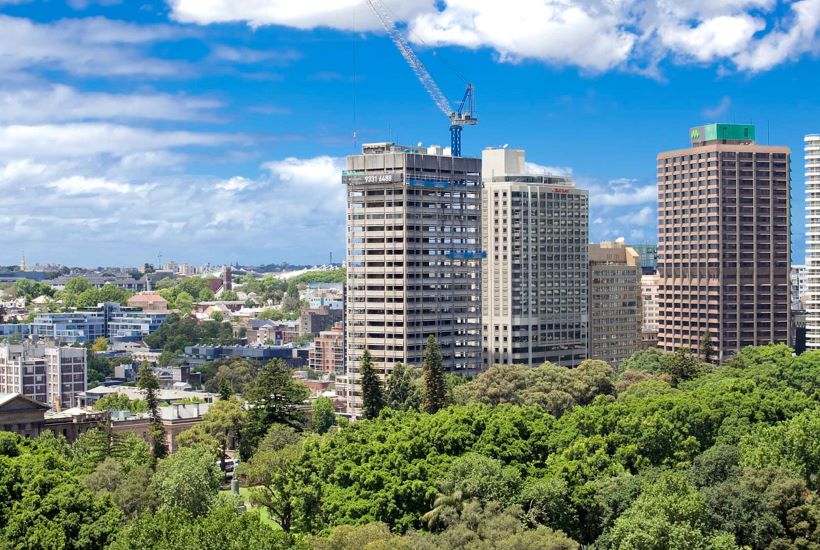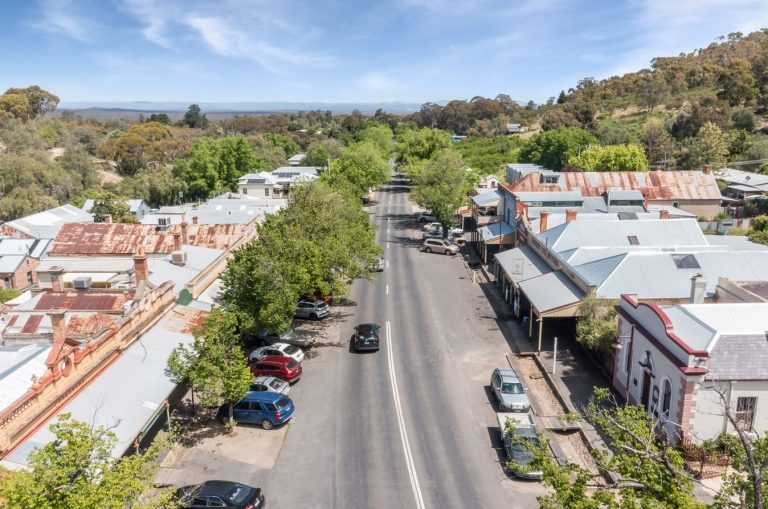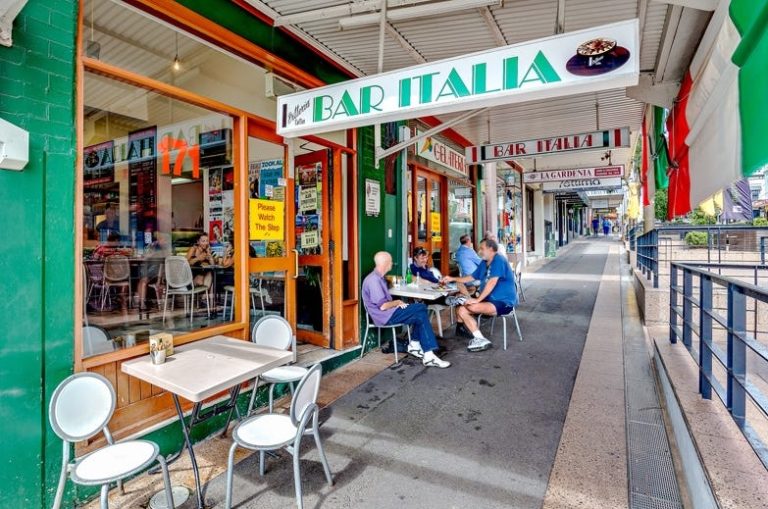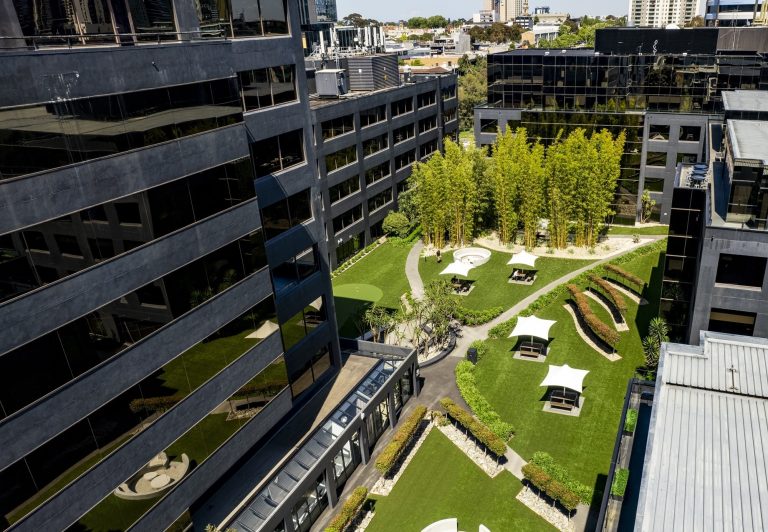3 reasons to convert commercial properties into residential homes

With the offer of great business opportunities and a unique lifestyle setting, commercial to residential conversions can boost investors’ chances of success.
They’re also a great chance to live in a notable location and enjoy a character-filled building.
We’ve taken a look at why investors should consider converting commercial properties into residential homes.
1. Premium locations
Commercial properties are usually located in suburban or city centres, close to amenities and transport, ensuring most conversions often benefit from a desirable setting. Conversions in regenerated areas can also be a win for buyers as well as councils and the surrounding neighbourhood.

Former commercial buildings can be some of the best located, most interesting places to live. Picture: Getty
Avendo Property founder, Nathan Yeo, said the key to great conversions was helping people think outside the box. This was definitely the case of a current conversion he’s working on, in which he approached the owners of a row of 16, partly vacant strip shops with the idea to recreate and expand the stores.
“We put a proposal together to say, ‘Why don’t we refurbish the existing ground floor shops and build two levels of apartments or living quarters (on top of them)?'” he said.
“It was a good thing for the owners, the area, and the council.
“If everyone wins, that’s a good deal.”
Mr Yeo added that “uplifting” a site in this way could also uplift the area around it and actively show the market that an investment is worth far more than originally expected while enjoying a higher yield.
2. Distinctive designs highlight creative flair
Recreated warehouses and even offices can give a residential home an entirely different – and trendy – ambience. Older character properties in particular can give converters abundant opportunities to blend distinct styles and designs to showcase designer flair.

Converted former commercial buildings can become desirable homes. Picture: Getty
Knight Frank prestige residential associate director, Adam Ross, said older buildings generally featured large floor plates and high ceilings.
“Developers then have greater flexibility on whether they can build more units per floor or whether they can make units a lot bigger,” he said.
3. Scenery and surrounds
Not every building can boast a location on Sydney Harbour but plenty of converted commercial premises can still offer enviable surrounds and scenery.

Once the NSW Police headquarters, The Residence at Hyde Park, Sydney, is now a stunning 24-level apartment building. Picture: Hutchinson Builders/Geoff Ambler
One great example of this is The Residence at Hyde Park in Sydney. Completed in 2011, Hutchinson Builders transformed the ageing NSW Police headquarters into a 24-level luxury residential building, featuring 87 two to three-bedroom apartments. This includes two three-bedroom penthouses with city and harbour views.
Mr Ross described this commercial-residential apartment conversion as one of the best in Sydney.

The Residence at Hyde Park, Sydney, rises to 24 levels and overlooks the parklands. Picture: Hutchinson Builders/Angus Martin
“It’s located adjacent to Hyde Park with views to the north and you’ve got nothing but history in front of you including Sydney Grammar, the museum and St Mary’s Cathedral,” he said.
4 things to consider before buying a commercial building to convert
While commercial properties can offer all of the above points and more, Mr Yeo warns would-be converters to consider potential negatives before buying.
While a building might be filled with character it might not always mean it’s a good project to take on.
Here’s what you need to consider first:
1. Budget costs
As with all renovations, budgets can skyrocket when it comes to commercial structural issues and other practical constraints.
According to Mr Yeo, strip shops, in particular, are usually designed with interior firewalls so demolishing such details isn’t a good idea.
“If you don’t understand the way a structure is built to begin with and you go knocking out stuff willy nilly, you can blow the cost out real quick,” he said. “Doing this isn’t the purpose of a commercial-retail conversion either. The idea of these conversions is to utilise as much as you can of what’s there in the building, and just reuse this space for better use.”
Converters also need to check wiring, utility and plumbing sources, and insulation for both noise and temperature requirements.
Mr Ross said older buildings with small windows could only offer limited solar access as well as scenery – resulting in limited desirability for tenants.
He added that city centre properties could have car park challenges while Mr Yeo advised mixed-use building converters to allow for both literal and budget car park space for tenants, their clients and residents.
2. Council zoning and fees
The cost of changing a property from commercial zone to a mixed-use or residential one can be hefty. Mr Yeo said converters should work backwards with councils, first asking them what they expect to see in a certain area or site and then talking with them about their expectations, instead of forcing personal ideas with them.
“If you understand what a council wants to see, you can reverse engineer it,” he said. “Find out what they want and then find a site that suits what they’re looking for… rather than trying to reinvent the wheel and tell them what you want to do.”
3. Profitability
Mr Yeo warns converters that just because a property is empty and looks like a great opportunity, it doesn’t mean it actually is.
“If you don’t look at profits and engineering and design drawings, you can run into trouble real quick,” he said. “Sometimes, you’re better off building something smaller because the construction costs are less than the degree of return.”
4. What are you trying to achieve?
According to Mr Yeo, this is the most crucial question converters should ask themselves. Common answers include selling the converted property; completely renting it out; partly renting it while also living there to enjoy extra cash flow; or utilising the equity.
But as with councils, he advised converters to have the end in mind first.
They should also stay in touch with market changes such as the increasing acceptance for working remotely, which when combined with an ever-improving “drop ship” model of ordering items online, is resulting in an expanding number of commercial buildings up for grabs.
Mr Yeo explained people no longer balk when a business is not based in an office or warehouse, which was great for keen commercial to residential converters.
“The more people who are happy with doing deals and having conversations and doing digital signatures and contracts, the more commercial space will empty,” he said.
“The premise behind what I do is to bring back to life something that’s old, dilapidated, empty or not being used (and take it) to its higher potential.”







